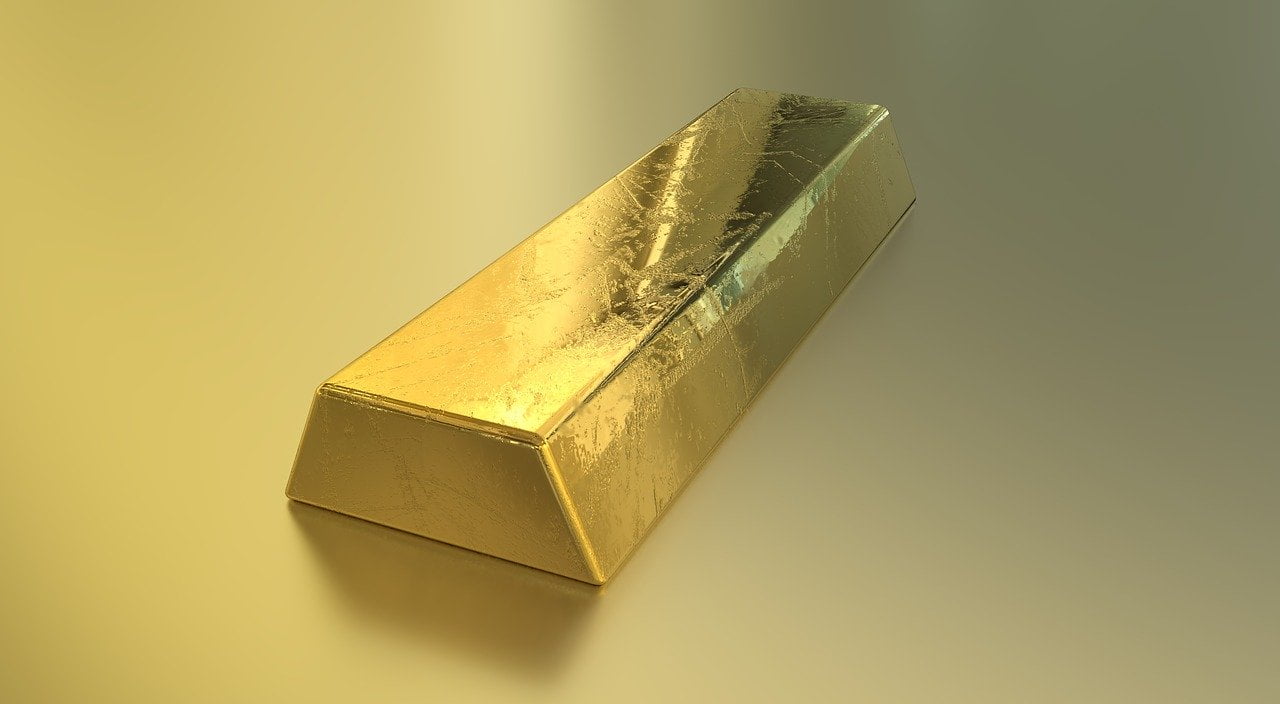The outlook for the gold price in 2021 is still positive, although the recent news about COVID-19 vaccines has taken a bite out of this latest brief rally. HSBC Chief Precious Metals Analyst James Steel said in a report this week that the gold price still has plenty of supports going into 2021, which is good for the outlook for the precious metal.
Q3 2020 hedge fund letters, conferences and more
Outlook for gold price in 2021
Steel noted that the gold price hit record highs this year, driven by strong demand from both institutional and retail investors, who bought the yellow metal due to its quality characteristics in response to the pandemic. He said that component of demand took a hard hit when news about progress on the vaccine hit.
However, he also noted that there are still plenty of uncertainties, not only economic but also financial and health uncertainties due to the pandemic and its aftermath. Steel sees these uncertainties as positive for his gold price outlook for 2021. He also expects these uncertainties to continue into 2022, although "at a reduced level."
"Gold is also still likely to attract a certain level of investment purchases even in the event of an economic recovery," Steel wrote. "A Biden administration may be gold positive from a fiscal spending perspective but could work against gold via lower geopolitical and trade risks."
Gold ETFs record outflows for the first time in a year
Steel said record gold and silver inflows to exchange-traded funds reversed, and the World Gold Council reported on Wednesday that they saw outflows for the first time in a year. The reversal is especially notable because gold ETFs have added almost 50% more assets this year at 913 tons than the previous record of 646 tons in 2009, according to the WGC.
The SPDR Gold Shares let the global outflows, losing $3.7 billion or almost 5% of its assets. November brought not only the first outflows for gold ETFs in 12 months but also the second largest monthly outflows ever recorded. Gold ETF holdings fell 107 tons last month, amounting to $6.8 billion or 2.9% of assets under management. Meanwhile, the gold price had its worst monthly dip since November 2016, falling 6.3% to $1,763 an ounce. In November 2016, the gold price fell 7.4%.
2021 outlook: requirements of a bull market for gold prices
Steel added that monetary and fiscal policies are providing the two requirements of a bull market for the gold price now and for his 2021 outlook, which are debt and liquidity. He expects this trend to continue for the foreseeable future and to keep supporting the gold price no matter what happens with the COVID-19 vaccines.
However, Steel also said that high prices have resulted in an erosion in underlying demand for physical gold, especially jewelry. That means investment demand must remain very high in order to absorb the market supplies. He added that demand for coins and bars has been rising, although he warned that it could ease next year.
Steel also noted that demand from central banks is down, although he believes ETF liquidation is the biggest threat to gold prices. A weaker U.S. dollar in 2021 would be good for the gold price outlook.
How low will gold go?
Steel also considered just how low the gold price could fall on the vaccine news. He looked at prices from before the pandemic for benchmarks. The market began the year above $1,500 an ounce when COVID-19 was still generally considered a local problem for China. Then on the eve of the stock market selloff in early March as the pandemic started to take hold, gold was at around $17,00 an ounce.
Steel doesn't expect the yellow metal to revisit January lows. However, he said enthusiasm about the vaccine, especially when it becomes available, could pressure the gold price down to $1,700 an ounce temporarily. Steel expects this year's erosion of physical demand to partially recover next year but remain week, and that's another reason he expects that next year's gold rallies may be more constrained than this year's.
He also expects gold prices to remain high enough to encourage recycling. Demand from central banks in 2021 could be similar to this year and a significant decline from the record demand observed in 2019. Any positive news, whether related to the vaccine or not, could be negative for gold because it could boost risk-on sentiment.
Outlook for 2021 gold prices
Strength in the U.S. dollar could weigh on gold prices, but if risk-on sentiment undercuts demand for Treasuries and the dollar, then gold could receive a boost. Steel expects the global recovery to pick up steam next year. Even if it doesn't reach great heights, the reduced risks associated with a recovery should limit rallies in the gold price.
Turning to his outlook for gold prices, Steel expects the yellow metal to remain "reasonably firm in 2021, but below 2H 2020 levels." He lowered his price forecast for gold for next year "modestly" due to the fact that gold is "back on investors' radars" and the continuing bullish impact of fiscal and monetary accommodation.
Steel reduced his 2021 outlook for gold prices to $1,907 an ounce from $1,965 an ounce. He also introduced his 2023 average price forecast at $1,805 an ounce. He left his 2022 and long-term price forecasts the same at $1,850 and $1,600 an ounce, respectively. For 2021, he expects a wide trading range of between $2,010 and $1,695 an ounce. He sees the gold price at $1,900 an ounce at the end of 2021 and $1,830 an ounce at the end of 2022.






